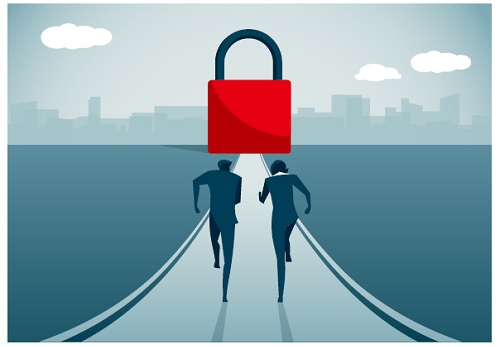10 Tenets for Leaders:
- Think Like a Business Leader – Cybersecurity leaders are business leaders first and foremost. They have to position themselves, teams and operations as business enablers. Transforming cybersecurity from a support function into a business-enabling function requires a broader view and a stronger communication skill set than was required previously.
- Foster Internal and External Partnerships – Cybersecurity is a team sport. Today, information security teams need to partner with many internal groups and develop a shared vision, objectives and KPIs to ensure that timelines are met while delivering a highly secure and usable product to customers.
- Build and Practice Strong Cyber Hygiene – Five core security principles are crucial: a clear understanding of the data supply chain, a strong patching strategy, organization-wide authentication, a secure active directory of contacts, and encrypted critical business processes.
- Protect Access to Mission-Critical Assets – Not all user access is created equal. It is essential to have strong processes and automated systems in place to ensure appropriate access rights and approval mechanisms.
- Protect Your Email Domain Against Phishing – Email is the most common point of entry for cyber attackers, with the median company receiving over 90% of their detected malware via this channel. The guide highlights six ways to protect employees’ emails.
- Apply a Zero-Trust Approach to Securing Your Supply Chain – The high velocity of new applications developed alongside the adoption of open source and cloud platforms is unprecedented. Security-by-design practices must be embedded in the full lifecycle of the project.
- Prevent, Monitor and Respond to Cyber Threats – The question is not if, but when a significant breach will occur. How well a company manages this inevitability is ultimately critical. Threat intelligence teams should perform proactive hunts throughout the organization’s infrastructure and keep the detection teams up to date on the latest trends.
- Develop and Practice a Comprehensive Crisis Management Plan – Many organizations focus primarily on how to prevent and defend while not focusing enough on institutionalizing the playbook of crisis management. The guide outlines 12 vital components any company’s crisis plan should incorporate.
- Build a Robust Disaster Recovery Plan for Cyberattacks – A disaster recovery and continuity plan must be tailored to security incident scenarios to protect an organization from cyberattacks and to instruct on how to react in case of a data breach. Furthermore, it can reduce the amount of time it takes to identify breaches and restore critical services for the business.
- Create a Culture of Cybersecurity – Keeping an organization secure is every employee’s job. Tailoring trainings, incentivizing employees, building elementary security knowledge and enforcing sanctions on repeat offenders could aid the development of a culture of cybersecurity.

